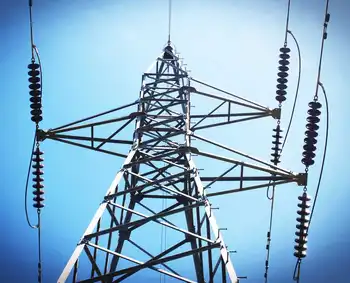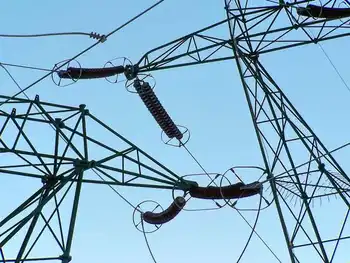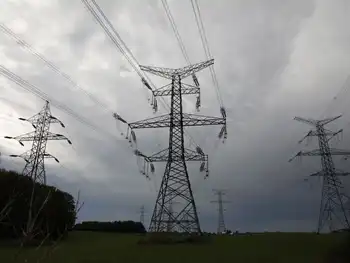Coast Guard to harness the tide for power
By Associated Press
NFPA 70e Training
Our customized live online or in‑person group training can be delivered to your staff at your location.

- Live Online
- 6 hours Instructor-led
- Group Training Available
The $100,000 project in Eastport will be used evaluate tidal power technology that the Coast Guard hopes to use to provide electricity to isolated stations in Alaska.
"This is the right place and the right time to do it, and we have tremendous support across the board," said Capt. Jim McPherson, the Coast Guard's northern New England commander.
Ocean Renewable Power Co., which was tapped for the project, began testing its first underwater turbine off eastern Maine in December 2007. The Coast Guard will be given a larger prototype to be tested this fall and installed by January in the waters off Eastport.
The turbine can produce up to 60 kilowatts, enough electricity for about 20 homes. It will likely be used to light the Coast Guard pier and to heat rescue boats so they're ready to respond at a moment's notice.
Part of the challenge will be creating a battery system to store some of the electricity as the tide changes twice a day, McPherson said. The system won't be used to power critical communications equipment until Coast Guard officials are assured that any potential bugs have been worked out, he said.
While the scope is modest, the project will mark the first time the Coast Guard has harnessed tidal power, McPherson said.
In Maine, the Coast Guard has wind turbines that provide 365 kilowatts of electricity for stations in Southwest Harbor and South Portland, and it has 360 lighted buoys and 60 lighthouses that are illuminated by solar energy.
Tidal power is years behind wind power in development but developers see great potential because underwater turbines eliminate complaints about unsightly towers. Also, water's greater density means fewer turbines would be required to produce the same amount of electricity as wind.
Most important is the predictability of the tides.
Ocean Renewable, based in Portland, is one a half-dozen companies that have tested underwater turbines either in tidal waters or in rivers in the U.S., said Roger Bedard of the nonprofit Electric Power Research Institute.
The company is the only one conducting underwater tests in Maine.
In its ongoing research, Ocean Renewable hopes to install turbines with 5 megawatts of capacity that will be connected to the power grid over the next two years, said John Ferland, Ocean Renewable's vice president of project development. Also next year, a different company plans to install a 1-megawatt turbine in Washington's Puget Sound, Bedard said.











